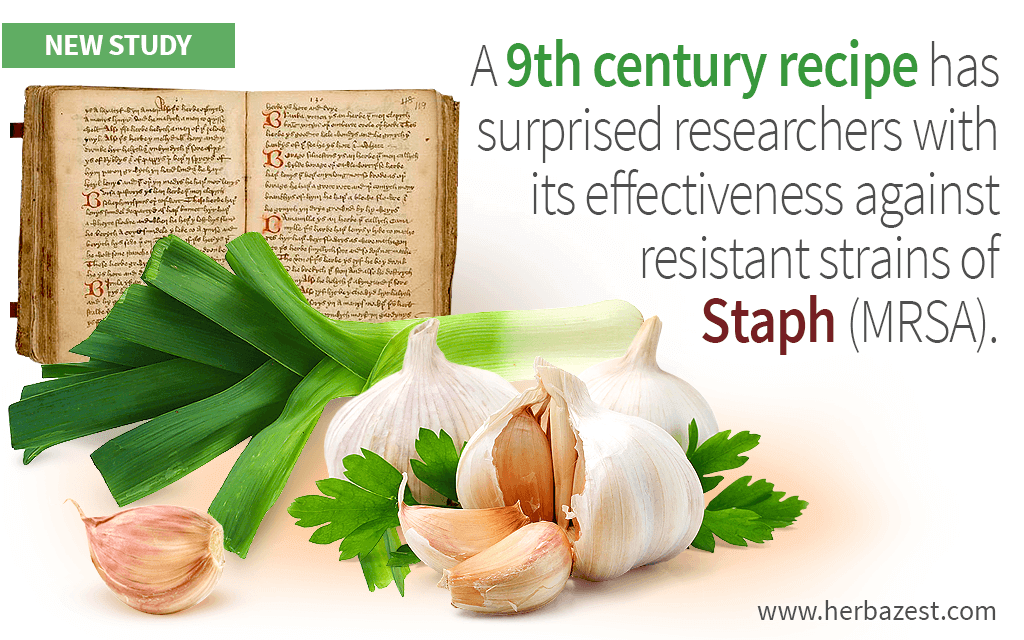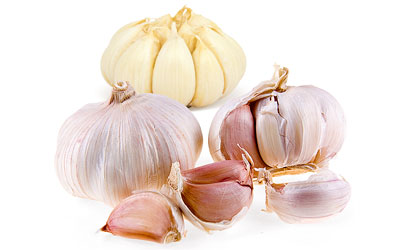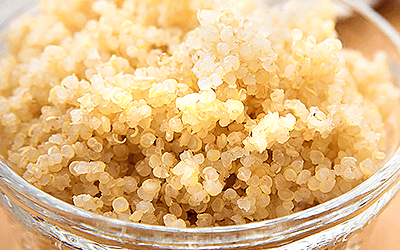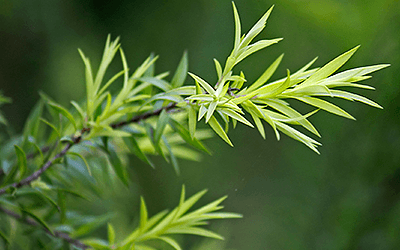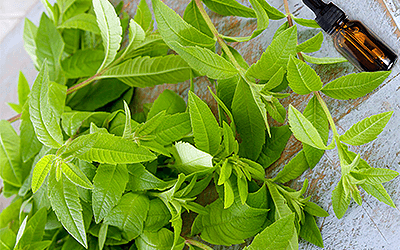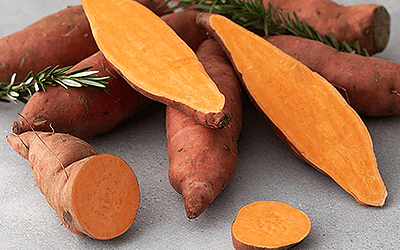MRSA, short for methicillin-resistant Staphylococcus aureus, is a highly resistant type of staph bacterial infection. Staph bacteria are normally found in the skin and nose, but this type of bacteria can be especially harmful and is a result of evolutionary resistance from years of antibiotic use in humans. Now, MRSA has grown so resistant to regular medicines that it is difficult and expensive to treat. Plus, there is concern that it will simply continue to gain resistance. Therefore, the discovery of a surprisingly effective, relatively natural, and inexpensive remedy from an old Anglo-Saxon medical manuscript held in the British Library is particularly exciting.
The Study
Dr. Christina Lee translated a recipe found in an Old English manuscript called Bald's Leechbook, a manuscript from the 9th century that is considered to be one of the earliest medical "textbooks." The recipe is fairly simple, though precise, calling for two species of the Allium genus - specifically garlic and onion (or leek) - as well as English wine and bile from a cow stomach. It also includes specific instructions for brewing within a brass vessel, straining for impurities, and allowing the concoction to chill and set for nine days before use. It was originally recorded to be used against eye infections.
The researchers made the recipe four separate times as well as a control batch. They tested each individual ingredient against the bacteria, as well as the full recipe against highly advanced and mature growths of MRSA, which are infamous for being even hardier. Lastly, they diluted the original recipe and treated MRSA growths with this less potent batch.
The Results
Though the individual ingredients have been known to have some antibacterial effects, the researchers were shocked at the amazing efficacy of this particular combination. When tested alone, each individual component didn't have any significant effect on MRSA, but when combined, only about one in a thousand bacterial cells survived.
When diluted, the recipe was no longer strong enough to kill the bacterial cells, but it still showed interference with the bacteria's ability to cause infection. Furthermore, the fully potent recipe also showed efficacy against the highly dense, mature growths of MRSA, which are surrounded by a sticky coating that is difficult for other antibiotics to penetrate.
Experts found that this concoction was just as effective, if not more so, than current conventional methods used to treat MRSA.
What Does This Mean?
The results of these tests are both highly surprising and exciting for a number of reasons. Foremost, these results generate a fair amount of hope against the backdrop of an alarming trend of antibiotic resistance in pathogenic bacteria and the lack of foreseeable antimicrobials to combat them. Additionally, many microbiologists believe that the sheer ability of a treatment to prevent bacteria from causing infection, rather than kill them completely, could be an alternative treatment method in the future.
The rediscovery of this old method is a ray of light in the face of expensive costs in the research of new drugs that eventually will find resistance in the human body.
Beyond the scope of the lab, these results are also exciting because they beg the question of the Anglo-Saxons' research methods: the specific and effective nature of the recipe indicates that people were practicing something close to the modern scientific method long before it became widely accepted, possibly having a similar emphasis on observation and experimentation. Studying their methods and results may greatly impact the future of modern medicine. Plus, the continued studies and experimentation with these ancient texts can only be achieved through the collaboration of art and science - a formidable combination, indeed.
Sources
- University of Nottingham, AncientBiotics – a medieval remedy for modern day superbugs?, 2015
